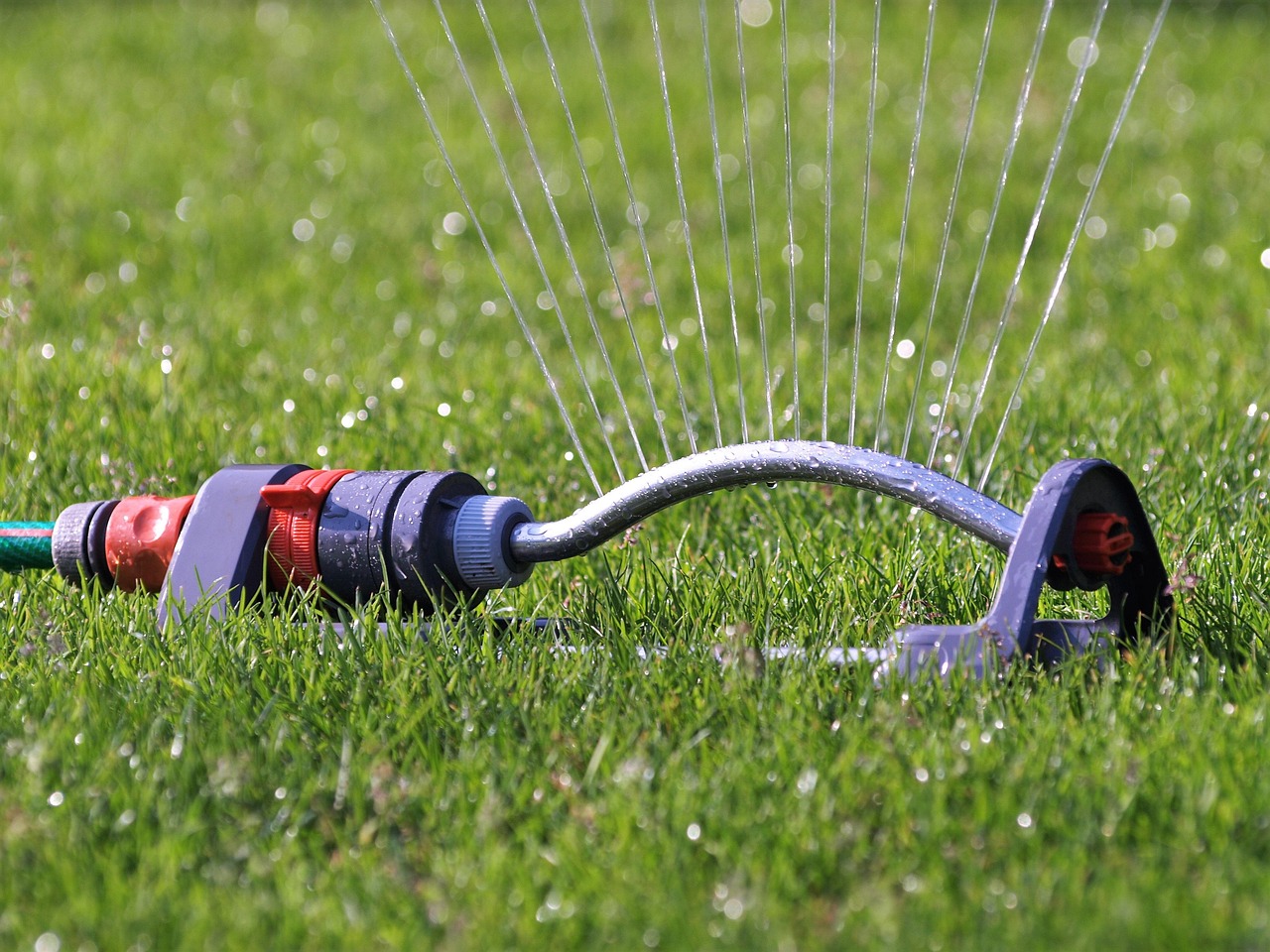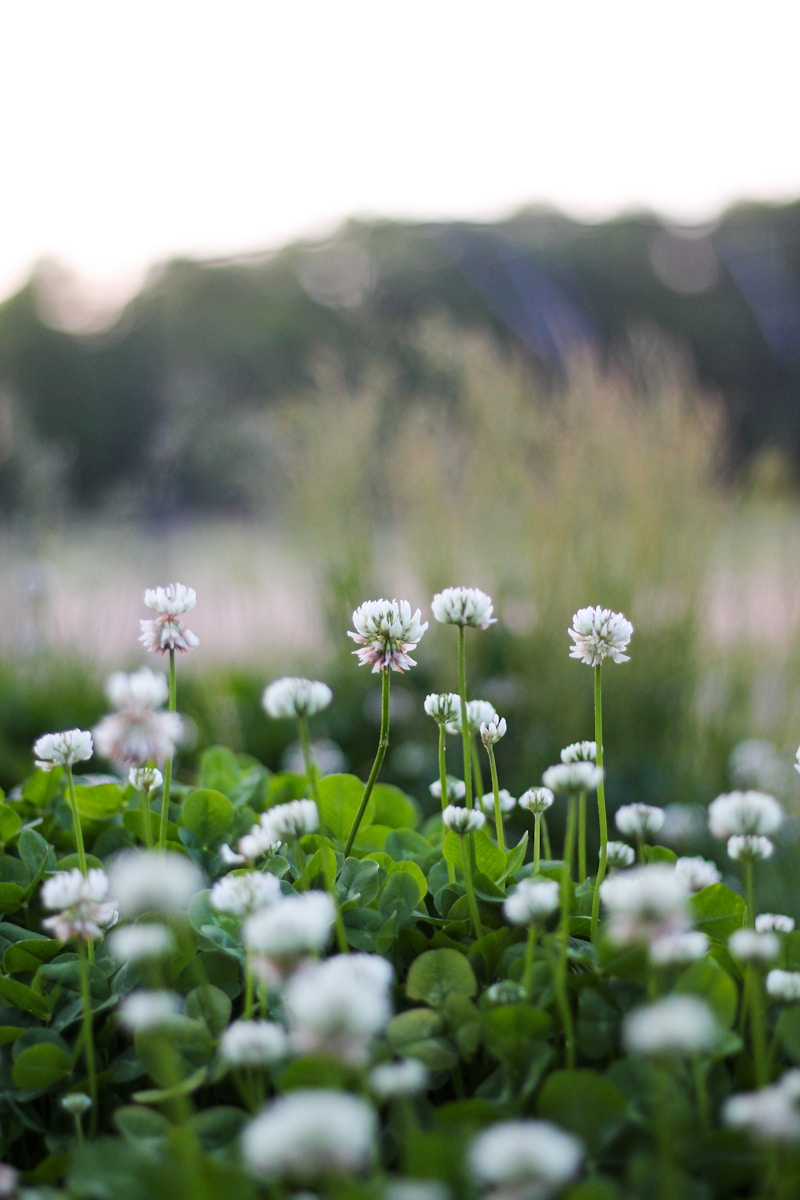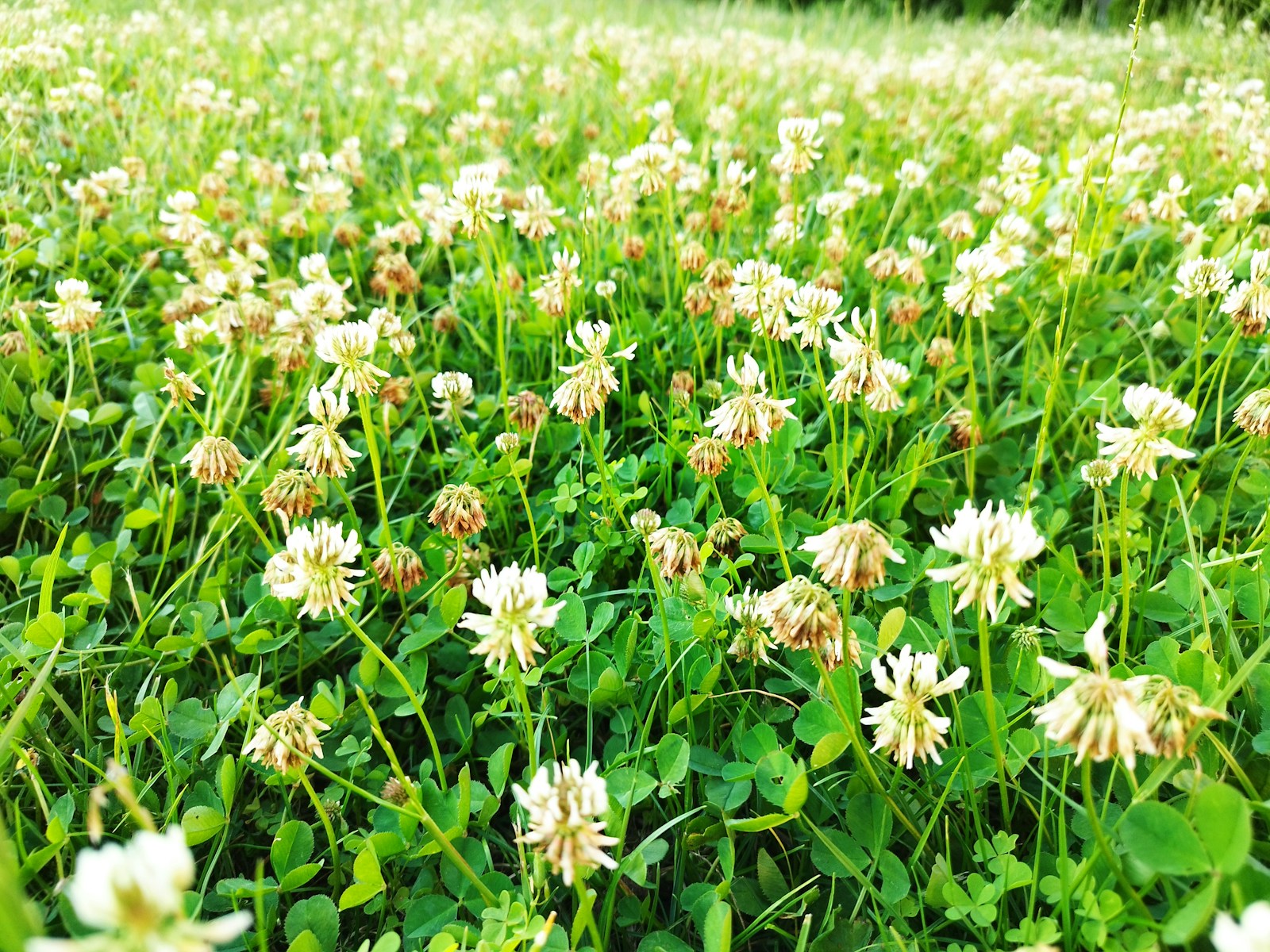Keeping a lush, green lawn can be challenging without the right watering schedule. For cool-season lawns, knowing how and when to water throughout the year is critical. This guide will help you create the perfect lawn watering schedule by season, ensuring your grass stays healthy, resilient, and beautiful year-round.
What Are Cool-Season Lawns?
Cool-season grasses, such as Kentucky bluegrass, perennial ryegrass, and fine fescues, thrive in northern regions and areas with moderate summers and cold winters. These grasses grow actively during spring and fall when temperatures are cooler and go dormant during hot summer months.
Why Is Seasonal Lawn Watering Important?
Watering requirements vary by season due to temperature changes, rainfall patterns, and grass growth cycles. Adjusting your watering schedule ensures:
- Healthier root systems
- Efficient water usage
- Reduced risk of fungal diseases
- Lower utility bills
Spring Lawn Watering Schedule
Spring is a time of active growth for cool-season lawns. Proper watering sets the foundation for a thriving lawn throughout the year.
How Often Should You Water in Spring?
- Frequency: 1-2 times per week
- Amount: Apply 1 inch of water per session (including rainfall)
Best Practices:
- Check soil moisture before watering. Use a screwdriver to test—if it penetrates easily, skip watering.
- Water early in the morning (6-10 a.m.) to minimize evaporation and prevent fungal diseases.
- Reduce watering frequency during periods of consistent rainfall.
Common Mistakes:
- Overwatering: Too much water can encourage shallow roots and promote weeds.
- Watering in the evening: Increases the risk of lawn diseases.
Summer Lawn Watering Schedule
Cool-season grasses often struggle in summer heat, entering dormancy to conserve energy. Proper watering during this time is crucial for lawn survival.
How Often Should You Water in Summer?
- Frequency: 2-3 times per week (if not dormant)
- Amount: 1-1.5 inches of water per week (including rainfall)
Best Practices:
- Deep, infrequent watering encourages deep root growth, improving drought tolerance.
- Adjust your watering schedule based on local drought conditions and water restrictions.
- Let dormant grass rest—avoid frequent watering during dormancy.
Common Mistakes:
- Frequent, shallow watering: Causes weak roots and increases vulnerability to drought.
- Ignoring dormancy: Overwatering dormant grass wastes water and encourages fungal issues.
Fall Lawn Watering Schedule
Fall is another period of active growth for cool-season lawns, making it an ideal time to strengthen roots before winter.
How Often Should You Water in Fall?
- Frequency: 1-2 times per week
- Amount: 1 inch of water per week
Best Practices:
- Gradually reduce watering as temperatures cool and natural rainfall increases.
- Aerate your lawn to improve water infiltration.
- Water deeply to prepare the grass for winter dormancy.
Common Mistakes:
- Stopping watering too early: Grass still needs moisture to recover from summer stress.
- Skipping morning watering: Cooler evenings increase disease risk.
Winter Lawn Watering Schedule
Cool-season grasses go dormant during winter, requiring minimal watering. However, certain conditions might call for occasional hydration.
How Often Should You Water in Winter?
- Frequency: Only during extended dry spells (4+ weeks without snow or rain)
- Amount: Light watering of 0.5 inches
Best Practices:
- Water during mid-morning on above-freezing days to prevent ice formation.
- Avoid watering if the ground is frozen.
Common Mistakes:
- Overwatering: Dormant grass requires minimal moisture.
- Ignoring winter hydration needs: Prolonged dryness can damage grass roots.
Tips for Efficient Lawn Watering
- Invest in a Rain Gauge: Track weekly rainfall to adjust watering schedules accordingly.
- Install Smart Irrigation Systems: Use weather-based timers and sensors to conserve water.
- Mulch Grass Clippings: Retains soil moisture and adds nutrients to the lawn.
- Test Soil Regularly: Ensure proper pH and nutrient levels for optimal grass health.
Case Study: Denver, Colorado
In Denver, homeowners often deal with dry summers and cool winters. Here’s how one family adjusted their watering schedule:
- Spring: Watered twice weekly, ensuring 1 inch of water including rainfall.
- Summer: Used drip irrigation twice a week for deep watering.
- Fall: Gradually reduced watering to once weekly in October.
- Winter: Hand-watered during a dry, snowless December.
This approach saved water and maintained a healthy lawn year-round.
Environmental Considerations
- Conserve Water: Use drought-tolerant cool-season grass varieties to reduce irrigation needs.
- Prevent Runoff: Water slowly to allow soil absorption.
- Avoid Overwatering: Protects local water supplies and reduces water bills.
Final Thoughts
A tailored lawn watering schedule by season is the key to a healthy, sustainable lawn. Adjust your practices based on seasonal conditions, and your cool-season lawn will reward you with vibrant growth and lasting beauty.



